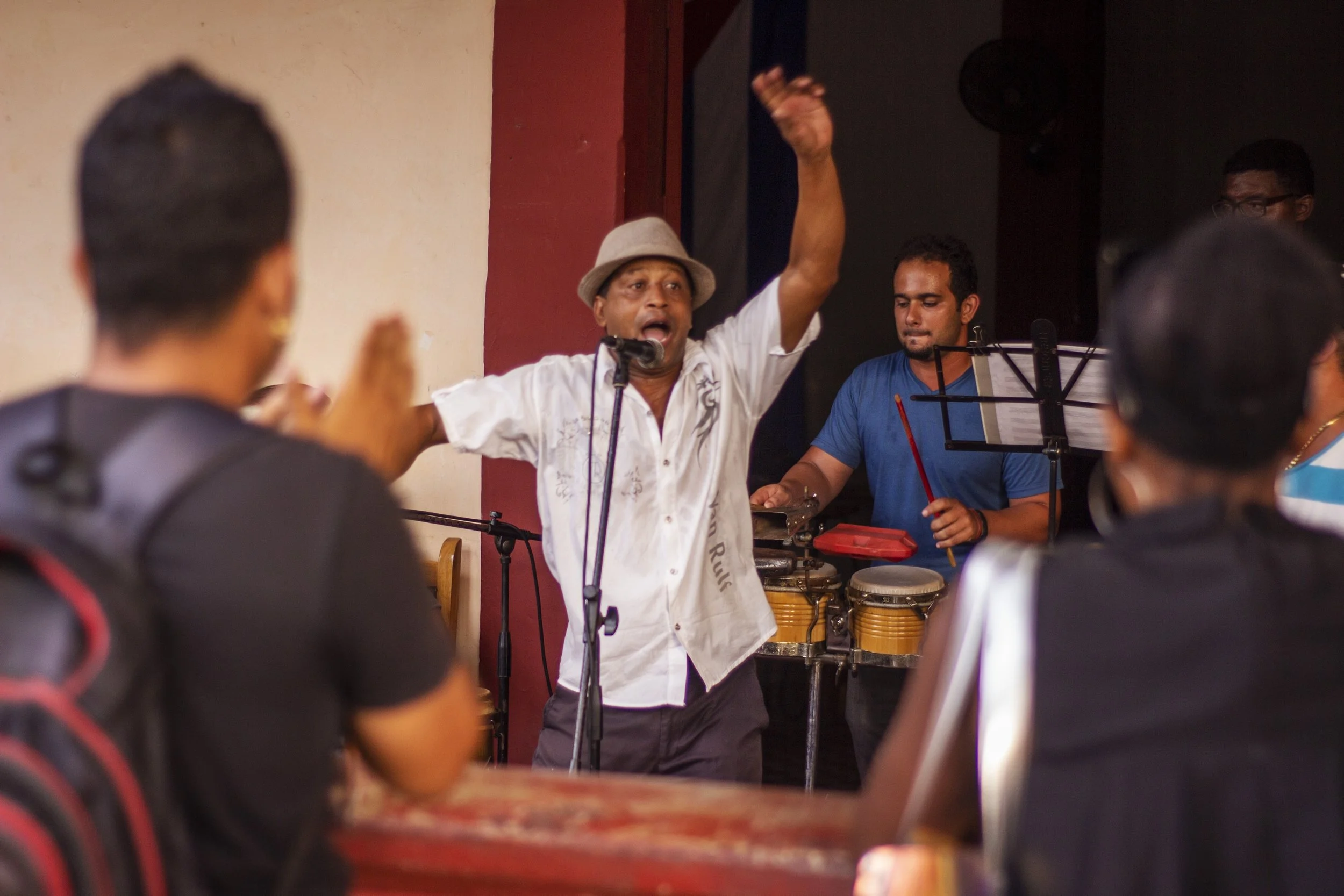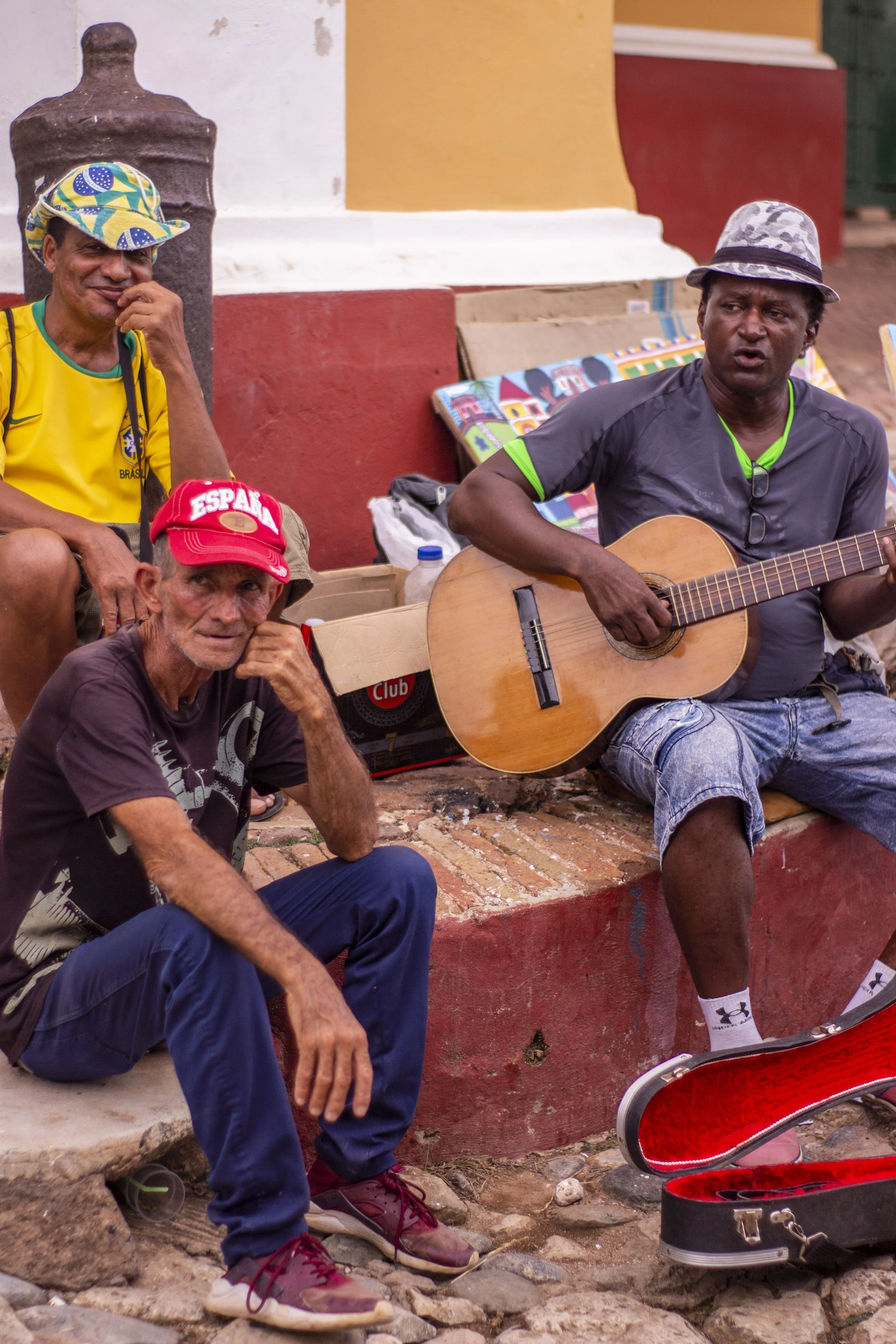How I Planned a 10-day trip to Cuba: Experiences and Recommendations
*Read this article on Medium and follow me if you like my work.
While biking the Canadian border from Buffalo into Niagara Falls in August 2019, I randomly asked my friend if he’d like to visit Cuba with me. Two weeks later, we were on a plane to Havana. Cuba was a phenomenal experience; it was everything that I expected and much more. It is an island filled with compelling flavors of history, landscape, and people and it is changing at an accelerating rate. Each day was a new and revealing experience as we explored much of the northern region of the country in 10 days.
Quoting Anthony Bourdain, “The Cuban people are uniquely wonderful: proud, resourceful (you sort of HAVE to be in Cuba), educated — and funny as hell. Even crumbling from neglect, Havana is the most beautiful city in all of Latin America or the Caribbean. The rum is the finest in the world, bar none. The music is fantastic.” Bourdain predicted in 2015 that the tourism boom in Cuba will be beyond imagining and he was right.
In this post, I’ll share some details about our trip, including travel logistics, prices, and top recommendations.
We took a direct flight with United from NYC to Havana. The flight was about 3.5 hours, and a roundtrip ticket was ~ $350. A tourist card (visa) is required to visit Cuba and it can be obtained at the check-in counter of your flight if you’re flying from the United States. The tourist card is valid for a 30-day stay in Cuba. Most travelers from the U.S. are eligible for the Support for the Cuban People category of authorized travel by the United States to Cuba. The cost of the tourist card can vary by port of departure and airline but generally costs $50–100 USD (we paid $75 USD flying from Newark).
After arriving in Havana, we exchanged $200 USD per person at the airport into two currencies: Cuban pesos and Cuban Convertible pesos (CUC). I would recommend exchanging about $25 USD in Cuban Pesos per person and the rest can be exchanged into CUC. $1 USD roughly converts to 24 Cuban Pesos. CUC is pegged to USD and converts 1–1. In most establishments that are frequented by the locals and for public transportation, one can use Cuban Pesos. For tourist-oriented establishments, CUC is the accepted currency.
A map of places I visited in Cuba through the trip
Havana 3N/4D
We took a bus from near the airport to our Airbnb which was in the old part of Havana near the Malecon. Although not as convenient as a cab — which can be easily availed at the airport — more information about taking the local bus from the airport can be found here. The street we stayed on had a number of restaurants and bars with plenty of vegetarian/vegan options. Personal favorites were El Café and Castas & Tal. Our Airbnb was hosted by Maykel and was about $10/night. Maykel’s family were incredibly helpful and accommodating hosts and made us feel at home.
View of San Lazaro Street from Castas & Tal
On our first night in Havana, we joined a few other tourists on an Airbnb experience hosted by Andito, who was full of life and made sure we enjoyed the night to the absolute maximum. The experience involved a meet & greet at a bar where Andito taught us how to smoke a cigar followed by a night of bar hopping at Andito’s favorite spots in the city. Here is the listing for the experience on Airbnb. The experience costs $35/person and is all-inclusive (with unlimited rum shots at one point). Of course, no trip to Havana is complete without a visit to the infamous Hemingway bar, El Floridita.
The outdoor seating of a restaurant in Havana
Another Airbnb experience I would recommend is a biking tour of Havana. It is a great way to explore the city from the lens of a local. Our experience cost us $25 and was hosted by Abdiel, who was not only an informative guide, but he was open and honest about life in Cuba, sharing with us both the positives and challenges.
A life-saving resource in the absence of the internet — we used the Lonely Planet Cuba guide for most recommendations and for planning our days. Havana is a walker’s paradise, and you will barely feel the need to take a cab or use public transportation.
Viñales 2N/3D
Viñales is a small town in western Cuba that serves as a gateway to the Sierra de Los Organos mountains and the Viñales Valley. We took the Viazul bus from Havana to Viñales and spent 2 days exploring the town and its surrounding natural landscape. Although we booked an Airbnb in advance for around $15/night, there are several hosts offering accommodation as soon as you get off the bus near the town hall.
The main street in Viñales is lined with colorful colonial-era wooden houses and shops. There are a handful of restaurants and walk-up stalls to choose from, all serving delicious food from crepes to paella. My favorite part about Viñales was our Airbnb experience, which we reserved for $15. We visited a tobacco farm and learned how to roll a cigar, had lunch after an afternoon swim in the river, and rode horses through the flora and fauna of the valley. I highly recommend booking a horseback riding excursion locally or through Airbnb.
A great place to unwind and enjoy an unbridled span of nature with no connection to the outside world — if there is one place you should visit along with Havana, it’s Viñales.
Varadero 2N/3D
Varadero is a resort town in the province of Matanzas known for its spotless beaches and beautiful scenery. We took a Viazul bus from Viñales to Varadero via Havana and stayed in Boca de Camarioca, a seaside village 30 mins away from downtown Varadero. The Airbnb cost us $17/night and was a close walk from the beach. It was an extremely cozy stay and Isis’ family was wonderful. Isis and her husband, Juan treated us to delicious meals and were helpful with their recommendations and local connections. They also provided free snorkeling gear which came in handy at the beach.
Beach in Boca de Camarioca near our Airbnb
There is a charming restaurant a few steps away from Isis’ house named Los Fulanos. I highly recommend going here once, the restaurant had quite a few vegetarian options and the food was homely. There are also several food stalls at the beach entrance serving mouth-watering street food. I took a shared taxi to downtown Varadero on one of the days to explore the city, spend the day reading at a beach, and eat some of the best Churros from a street stall.
Santa Clara 1N/2D
The resting place of Che Guevara, Santa Clara is furnished with historical landmarks and museums. A walk around town can be a history lesson. Dedicated to the Cuban revolution, Café-Museo Revolucion is a one-stop exhibition of Cuba’s history and houses a framed photograph of Fidel Castro and Ernest Hemingway among other unique photographs, old uniforms, and artifacts. If history does not interest you, the house coffee, served with syrup, meringue, milk, and a shot of rum is by itself worth visiting for.
Trinidad 2N/3D
Trinidad was undoubtedly my favorite place in Cuba. I could imagine myself staying there for months. Known for its colonial architecture and cobblestone streets, it is a charming town in central Cuba that has immaculately preserved its centuries-old history. Our time in Havana involved going to hip restaurants and cafes that often had a radical feel to them (Café El Mago being a personal favorite), cycling around the cobblestone streets, listening to endless live music, and reading a book with an afternoon beer in the bars and gardens around Plaza Mayor.
The best place in town to spend an evening is Casa de la Musica — it has two bars in the main Trinidad square and there is live music 9 pm onwards. There is a lot of dancing along with reasonably priced cocktails. Our Airbnb in Trinidad had the perfect location, walkable from everything in town, and cost us $20/night. The hosts were very kind, generous, and helpful.
Back to Havana and Reflections
On our last day in Cuba, we took a Viazul bus back to Havana and made our way to the Airport. As a vegetarian, I was quite hesitant about what the food situation would be like and as one would, carried one too many CLIF bars with me. However, rest assured, there was not only sufficient but delicious vegetarian food in every city/town/village that we visited.
Pro Tip: I recommend notifying the Airbnb hosts in advance if you are going to need Wi-fi. Not sure if this is still true, but they had to stand in line to obtain internet cards during my visit.
Cuba was truly a special place. Thanks for reading and please let me know if you have any questions!



















